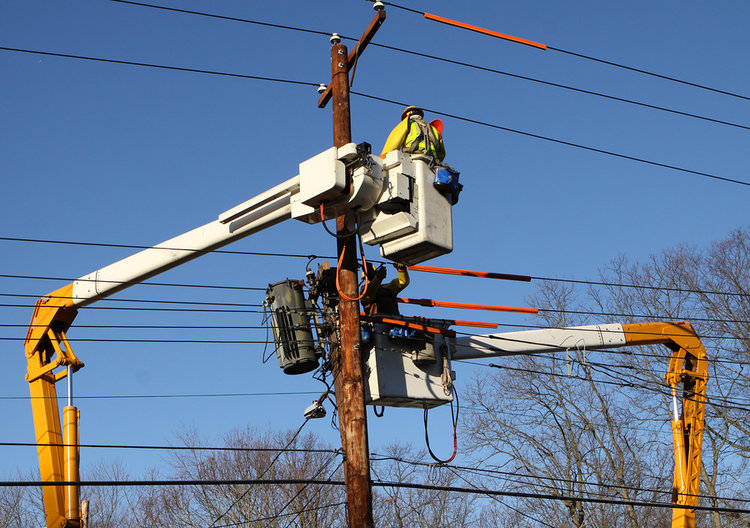
Electrical injury accidents are prevalent in workplace settings. According to the U.S. Centers for Disease Control and Prevention, electrocutions are the second leading cause of death in the construction industry and and the fifth leading cause of work-related deaths. Our law firm, Langdon & Emison, has litigated cases involving electrical injury accidents where utilities failed to meet required safety standards and provide adequate training to linemen.
The National Electrical Safety Code sets forth national standards regarding clearance requirements – the distance overhead power lines must be from the ground and other structures. The code also mandates construction specifications for the power lines.
When utility companies fail to follow the specifications or fail to inspect overhead power lines for a number of years, public safety is at risk. For a lay person or worker, it is very difficult to determine the distance of an overhead power line from equipment or a nearby structure. To the human eye, power lines may appear to be at a safe distance, when in reality, they are dangerously close. Power lines carry thousands of volts of electricity and contact with the lines leads to catastrophic, sometimes fatal, injuries.
Failure to De-Energize
When contact with power lines occurs, most lines are designed to shut off the electrical current. De-energization equipment, such as circuit reclosers, limits electrical exposure to a fraction of a second rather than several seconds. Further, recloser manufacturers require utilities to test the equipment after a certain number of years.
If utilities do not properly test and maintain de-energization equipment, individuals can be exposed to 20 to 25 times the time period of electrical shock going through their bodies, which can be the difference between life and death or losing a limb.
In a recent case, our client suffered a severe electrical injury when he came in contact with a 7200-volt power line while working as a lineman for an electrical utility. Our client was ordered to work on a utility pole that was unduly hazardous without first shutting down the power.
Our client was assigned to transfer equipment, including the power lines themselves, from an old pole to a new pole. The pole our client was ordered to work on had lines facing both north/south and east/west directions. The primary wires were made from a type of copper wire known to be brittle and prone to breakage. The pole also had an ill-placed Cellnet box and antenna mounted on it, over the open secondary wire and below the high voltage primary wire. This configuration violated the National Electrical Safety Code, the utility’s own installation guidelines and industry practices. Further, the Cellnet equipment was not grounded properly.
The plaintiff was ordered to perform the work in a bucket truck that was negligently positioned on the side of the utility pole, placing him in the vicinity of a “hot” electrical wire and causing his neck to come into contact with an arc flash event while his arm was in contact with the Cellnet antenna. As a result of the electrical shock, our client’s left arm was amputated and he suffered extensive burns and other severe and permanent injuries.
Our client had not been properly trained to perform the task that was ordered and to wear protective equipment. In fact, the training he had received was not in accordance with industry standards or Occupational Safety and Health Administration requirements.
Evaluating Electrical Injury Cases
When evaluating electrocution and electrical shock cases, a number of liability theories can come into play. Consider these questions:
-
Did the subject power lines violate national clearance standards?
-
What caused the failure to de-energize? Was it a deliberate decision by the crew leader? If circuit reclosers were present, did they fail to operate during the accident?
-
Was the injured party properly trained to conduct the work assignment?
-
Was the use of improper equipment or materials a factor in creating a dangerous environment?
-
Did the crew leader or other employees act negligently in drafting the work order, assigning the crew of selecting improper materials to perform the work?
When evaluating these types of cases for evidence of negligence, look for:
-
Inspectors’ tags that show when the power lines or equipment was last tested.
-
Ground line rot, which can show when a pole has been there for a long period of time.
-
Inadequate safety guidelines.
-
Records of the power company’s presence in the area.
Victims of electrical injuries and their families may be entitled to compensation because of the negligence of a utility; property owner; general contractor; or other responsible party. If you have been injured or you are evaluating a potential electrical injury case, contact Langdon & Emison at 866-931-2115 or visit www.langdonemison.com.


